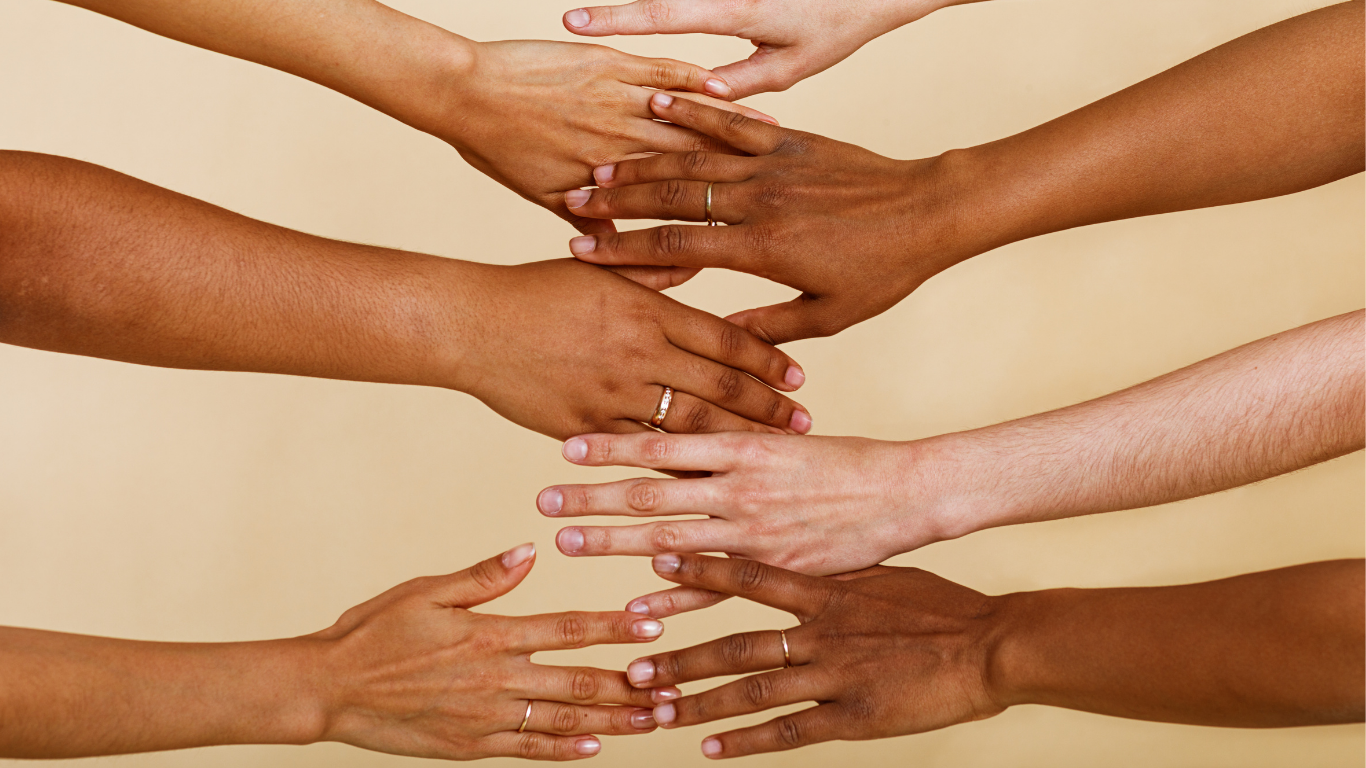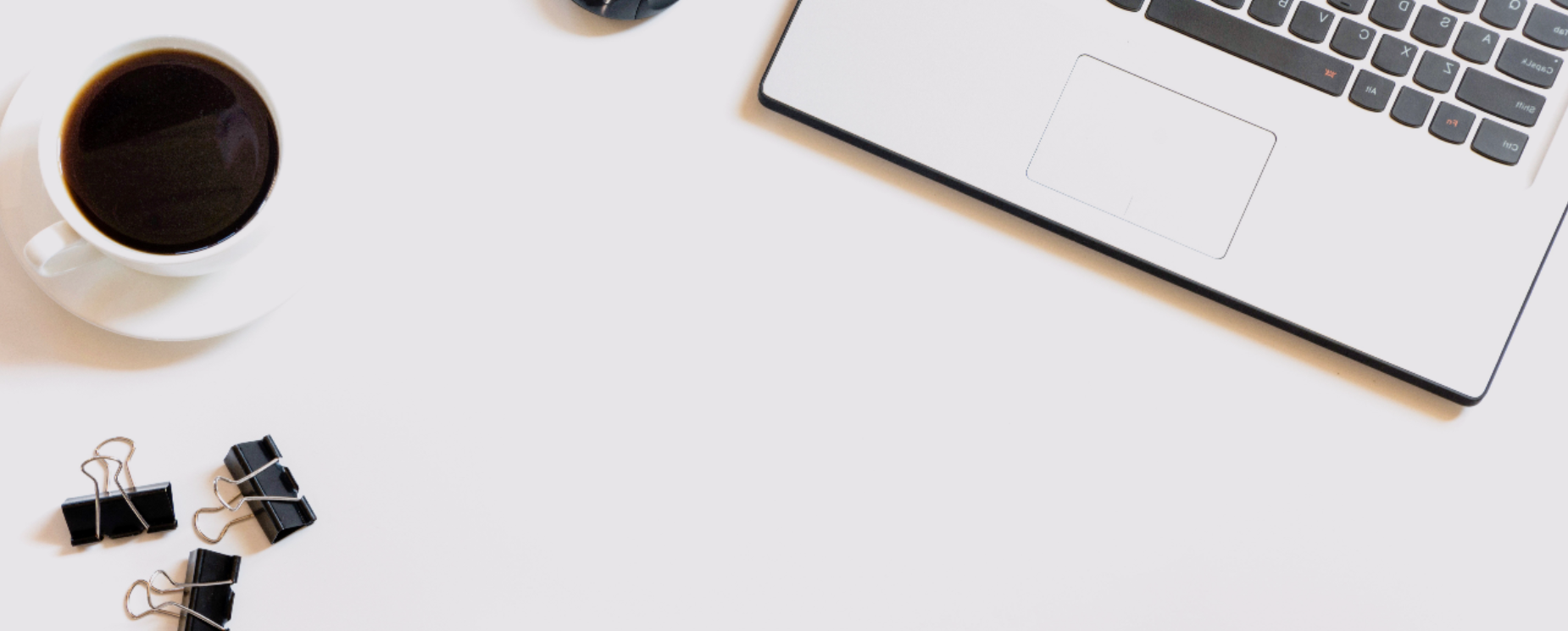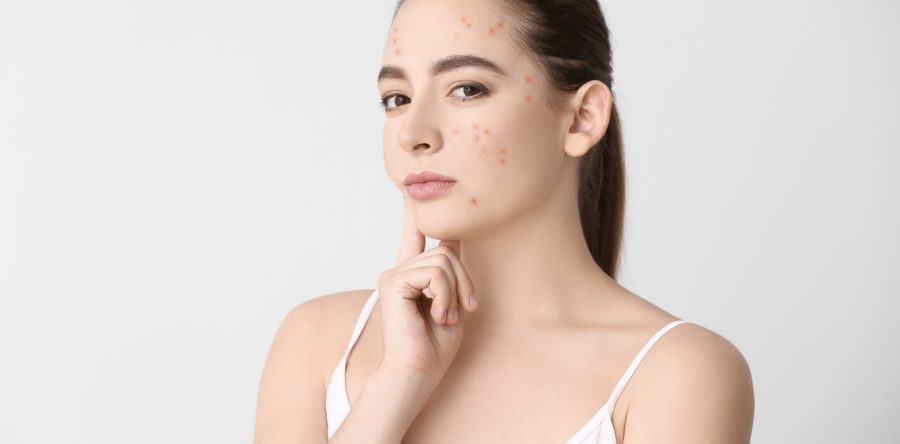How Ethnic Background Affects Your Skin Barrier
Jeunesse MedSpa® | July 17, 2025 | no responses |
Skin

Why one-size-fits-all skincare doesn’t work — especially for ethnic skin types.
At Jeunesse MedSpa, we see firsthand that skin is not one-size-fits-all — especially when it comes to ethnic skin types. Whether your heritage is African, Indian, East Asian, Māori, or Pacific Islander, your skin’s barrier function, hydration needs, and pigmentation risk are often different from lighter or European skin types.
This blog breaks down what we know about how ethnic background affects skin barrier health, and how you can protect your skin long-term — especially if you’re dealing with dryness, pigmentation, or post-treatment sensitivity.
🛡️ What is the Skin Barrier?
The skin barrier (stratum corneum) is your body’s natural defence layer — keeping moisture in and protecting against irritants, allergens, and pollution. When it’s strong, your skin looks smooth, hydrated, and even-toned. When it’s damaged, you’re more likely to develop sensitivity, inflammation, scarring, or pigmentation — concerns we see more often in ethnic skin types.
🔬 1. Black Skin: Lower Ceramide Levels = Dryer, More Reactive Skin
Studies show that Black skin typically has lower levels of ceramides — the essential lipids that keep the barrier healthy and hydrated.
➡️ Common concerns:
-
Dry, flaky, or tight skin
-
Irritation from over-exfoliation
-
Post-inflammatory hyperpigmentation (PIH) after breakouts, waxing, or treatments
💡 Tip: Choose barrier-repairing skincare with ceramides, niacinamide, and fatty acids — and avoid stripping cleansers or strong actives used too often.
🌸 2. Asian & Indian Skin: Thinner Barrier = More Sensitivity + Pigmentation
Ethnic skin from South and East Asian backgrounds tends to have a thinner stratum corneum, which makes it more prone to reactivity and inflammation.
➡️ Common concerns:
-
Stinging or burning with acids or retinol
-
Redness or flaking with active serums
-
PIH from even mild acne or irritation
💡 Tip: Go slow with actives. Start with gentle formulations, introduce products gradually, and always wear SPF — especially if you’re treating pigmentation.
🌿 3. Māori & Pacific Skin: Limited Research, Real Clinical Impact
While there’s limited published research on Māori and Pacific skin, our clinical experience at Jeunesse MedSpa shows important patterns.
➡️ Common concerns:
-
Keloid or hypertrophic scarring after skin trauma or cosmetic procedures
-
Pigment changes after acne, laser, or waxing
-
Sensitivity to poorly chosen treatments or products
💡 Tip: Always request a patch test for lasers or peels, and make sure your provider has experience treating Māori and Pacific skin safely and effectively.
🧪 4. TEWL: Transepidermal Water Loss in Ethnic Skin
Research on TEWL (water loss through the skin barrier) in skin of colour is mixed. Some studies show increased TEWL, others show lower — but many patients with ethnic skin still report dryness, dehydration, and sensitivity when using conventional skincare.
💡 Tip: Support your barrier with hydrating ingredients like glycerin and hyaluronic acid, seal it in with emollients, and avoid excessive exfoliation.
💡 5. What Ethnic Skin Really Needs: Barrier Support, Not Stripping
Your ethnic background affects your skin’s barrier structure, immune response, and healing process. While many trends promote acids, peels, or “glow-ups,” ethnic skin often needs a gentler, more protective approach to avoid long-term damage.
✅ Best practices for ethnic skin:
-
Use ceramide-rich moisturisers daily
-
Introduce retinol and acids slowly
-
Don’t exfoliate more than 1–2x/week
-
Apply broad-spectrum SPF every morning — even on cloudy days
-
Focus on barrier health first, glow second
👩🏽⚕️ Expert Skin Care for Every Ethnicity
At Jeunesse MedSpa, we believe every skin tone and background deserves personalised, evidence-based care — especially when it comes to barrier repair, pigmentation, and treatment safety. Our team is experienced in treating a wide range of ethnic skin types, with options that protect, strengthen, and restore your skin.
Tags:
Enjoy this article? Don't forget to share.










Leave a Reply